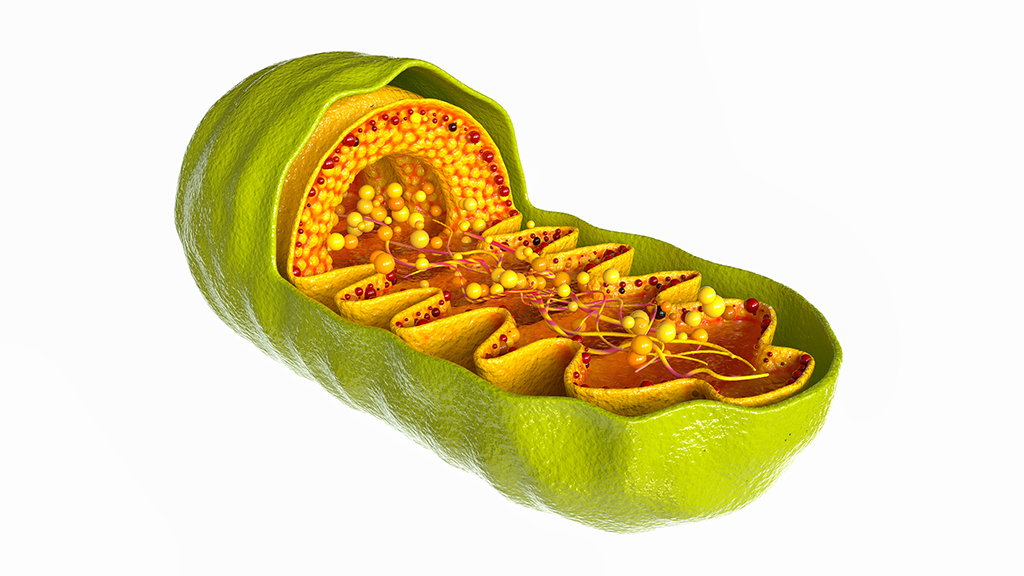Abstract
This interrupted case study follows two college freshmen as they learn about the origin and functioning of mitochondria within our cells. The case is divided into two modules that can be taught separately or together. The first considers the origin of mitochondria and chloroplasts by examining the endosymbiotic theory, according to which ancient bacteria were initially engulfed by a larger cell and subsequently developed an association that became more obligate throughout evolutionary history. Students critically examine evidence to support this theory by comparing characteristics of each organelle to those of prokaryotes. The second module summarizes the process of cellular respiration by describing where in the cell or within the mitochondria each step occurs, the inputs and outputs, and the importance of creating and utilizing a proton gradient for ATP production. This case study was developed for a first-semester introductory biology course, but could be modified for a high school AP biology course or 200-level undergraduate course focused on cell biology.



